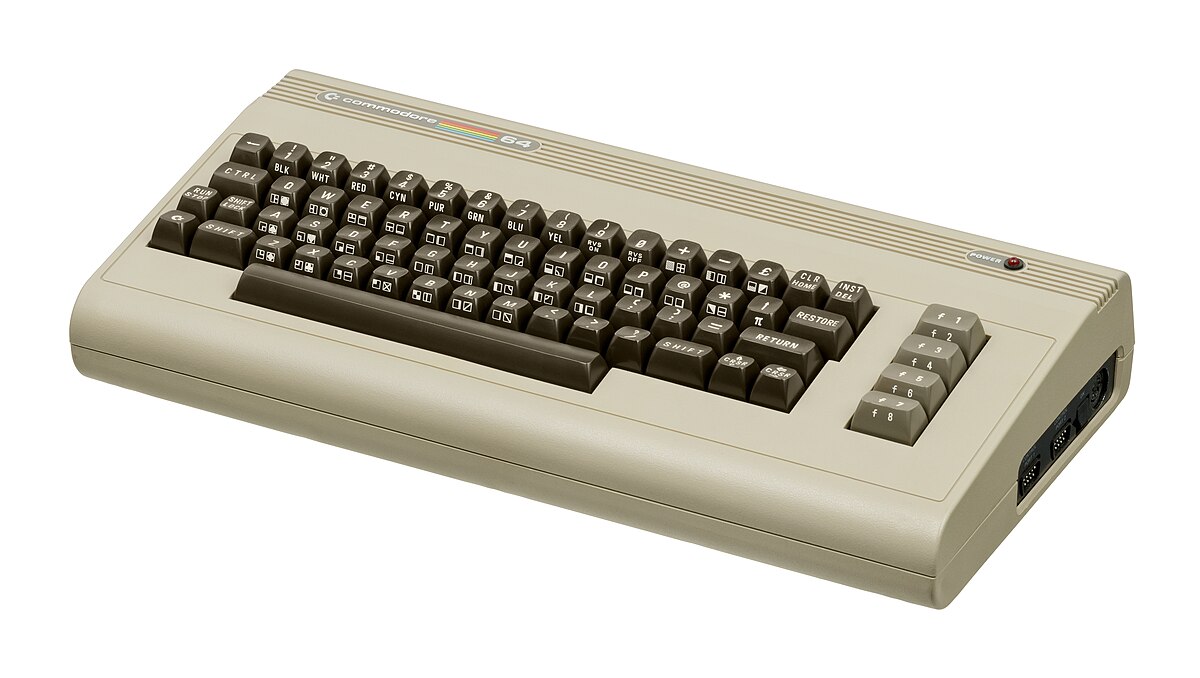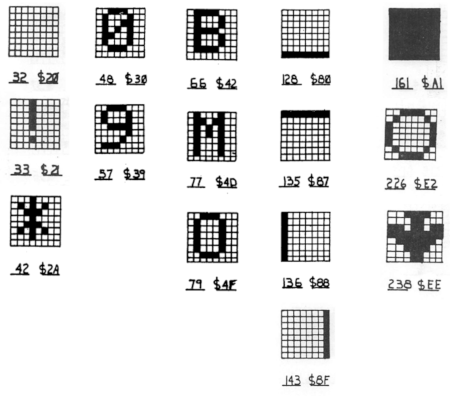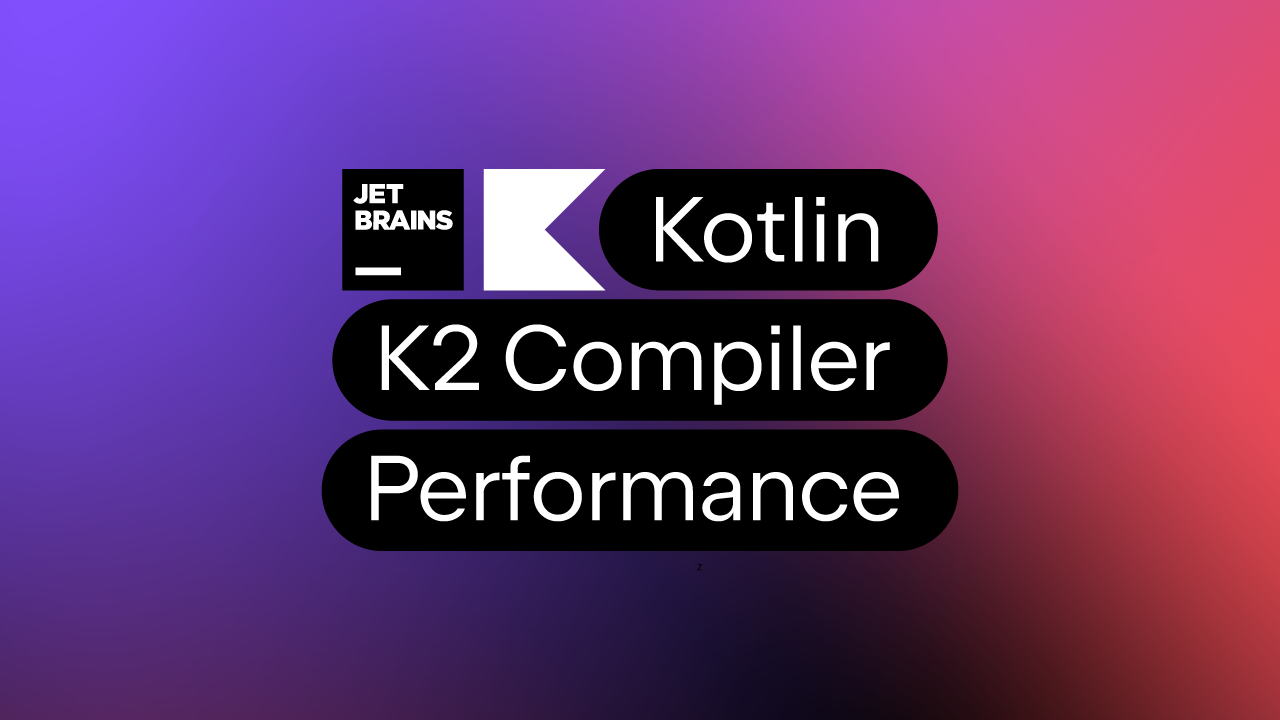
Commodore 64 - Wikipedia
The Commodore 64, also known as the C64 or the CBM 64, is an 8-bit home computer introduced in January 1982 by Commodore International (first shown at the Consumer Electronics Show, 7–10 January 1982, in Las Vegas).[4] It has been listed in the Guinness World Records as the highest-selling single computer model of all time,[5] with independent estimates placing the number sold between 12.5 and 17 million units.[2] This claim is in spite of the Commodore 64 having three different Kernal ROM versions, two different SID sound chip versions, a few different motherboard versions and two different cases during its lifetime.[6] Volume production started in early 1982, marketing in August for US$595 (equivalent to $1,596 in 2020).[7][8] Preceded by the Commodore VIC-20 and Commodore PET, the C64 took its name from its 64 kibibytes (65,536 bytes) of RAM. With support for multicolor sprites and a custom chip for waveform generation, the C64 could create superior visuals and audio compared to systems without such custom hardware.
The C64 dominated the low-end computer market (except in the UK and Japan, lasting only about six months in Japan[9]) for most of the later years of the 1980s.[10] For a substantial period (1983–1986), the C64 had between 30% and 40% share of the US market and two million units sold per year,[11] outselling IBM PC compatibles, Apple computers, and the Atari 8-bit family of computers. Sam Tramiel, a later Atari president and the son of Commodore's founder, said in a 1989 interview, "When I was at Commodore we were building 400,000 C64s a month for a couple of years."[12] In the UK market, the C64 faced competition from the BBC Micro and the ZX Spectrum,[13] but the C64 was still the second most popular computer in the UK after the ZX Spectrum.[14] The Commodore 64 failed to make any impact in Japan. The Japanese market was dominated by Japanese computers, such as the NEC PC-8801, Sharp X1, Fujitsu FM-7, and MSX.[15]





:quality(70)/cloudfront-us-east-1.images.arcpublishing.com/cmg/L4IGXEIABZHX7GJ3YYEM5NE35M.jpg)










